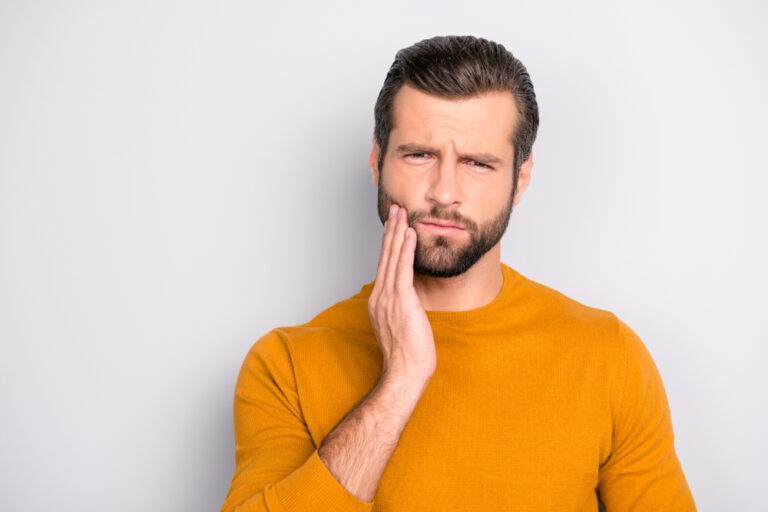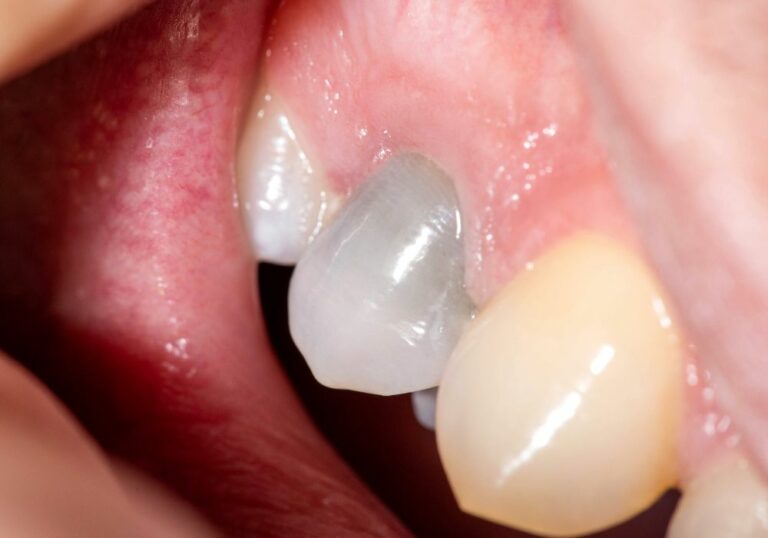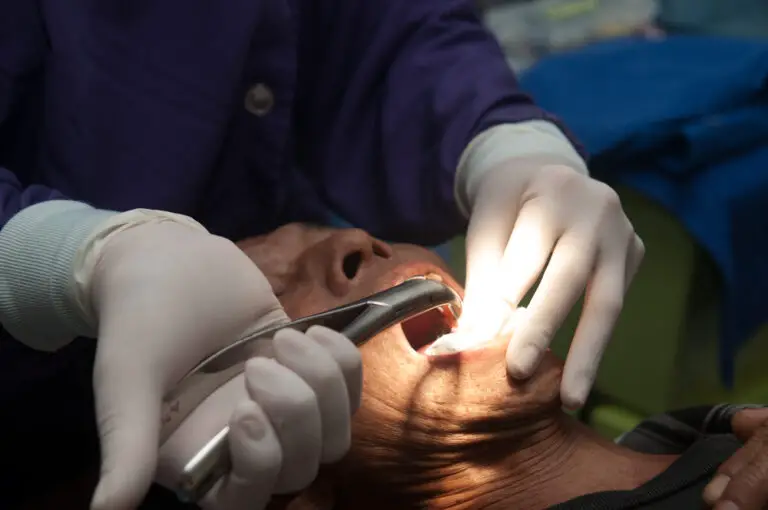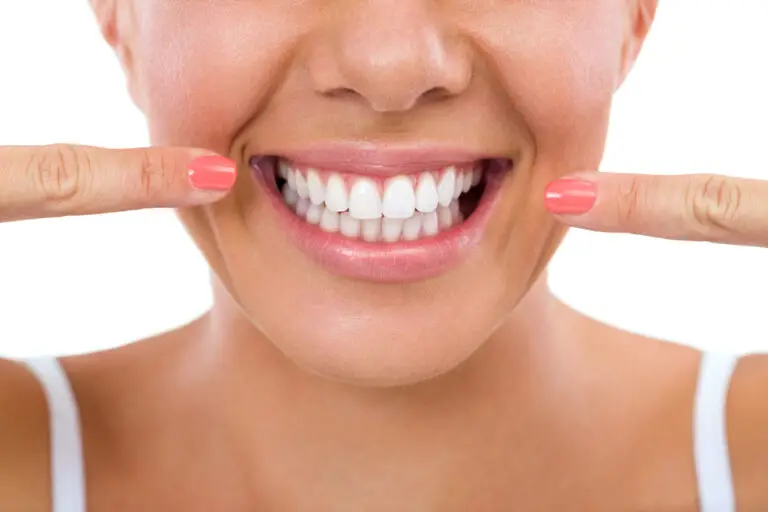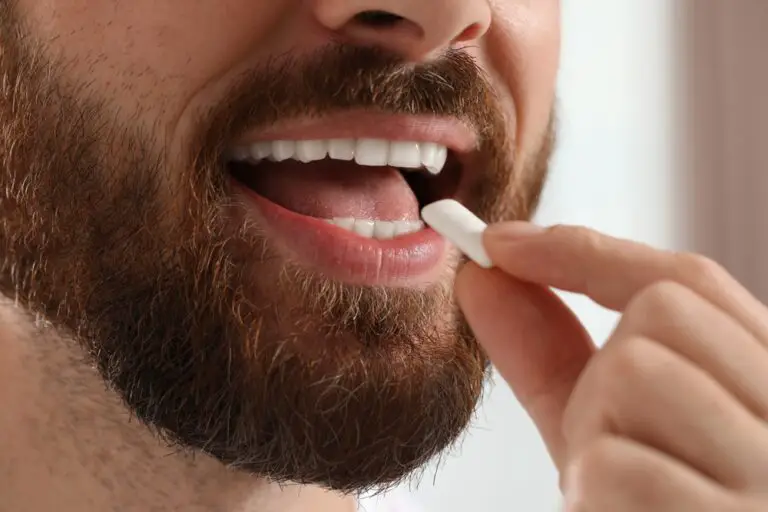Are you wondering if retainers can straighten teeth without braces? If so, you’re not alone. Many people with slightly crooked teeth or minor overcrowding wonder if they can avoid traditional braces and use a retainer instead. While retainers can help maintain the position of your teeth after orthodontic treatment, they may not be the best option for straightening teeth on their own.
Retainers work by holding your teeth in place after they’ve been moved with braces or aligners. However, they don’t apply enough force to move teeth into a new position on their own. While some minor adjustments may be possible with a retainer, significant changes to the position of your teeth typically require braces or clear aligners. Keep reading to learn more about the limitations of retainers for straightening teeth and other options to consider.
Understanding Retainers
When it comes to teeth straightening, braces are not the only option available. Retainers are another popular choice, particularly for those who have already had braces. Here, we will take a closer look at retainers, including the types available and how they work.
Types of Retainers
There are three main types of retainers:
- Hawley retainer: This is the most common type of retainer. It consists of a wire that runs across the front of the teeth, with a molded acrylic piece that fits snugly against the roof of the mouth. The acrylic piece can be personalized with different colors or designs.
- Clear plastic retainers: These are also known as Essix retainers. They are made from a clear plastic material that fits snugly over the teeth. They are less noticeable than Hawley retainers but are more fragile and can crack or break more easily.
- Bonded retainers: These are also known as permanent retainers. They consist of a wire that is bonded to the back of the teeth, so they are not visible from the front. Bonded retainers are typically used for lower teeth, and they can remain in place for several years.
How Retainers Work
Retainers work by holding the teeth in their new position after braces or other orthodontic treatment. When teeth are moved, the bone and tissues around them need time to adjust to the new position. Retainers help to keep the teeth in place while the bone and tissues settle.
Retainers are typically worn for a few months to a few years, depending on the individual case. During this time, it is important to wear the retainer as directed by your orthodontist. Failure to wear the retainer can result in the teeth shifting back to their original position.
In conclusion, retainers are a popular option for teeth straightening, particularly for those who have already had braces. There are three main types of retainers, including Hawley, clear plastic, and bonded retainers. Retainers work by holding the teeth in their new position while the bone and tissues adjust to the new alignment. Remember to wear your retainer as directed to ensure the best results.
Can Retainers Straighten Teeth?
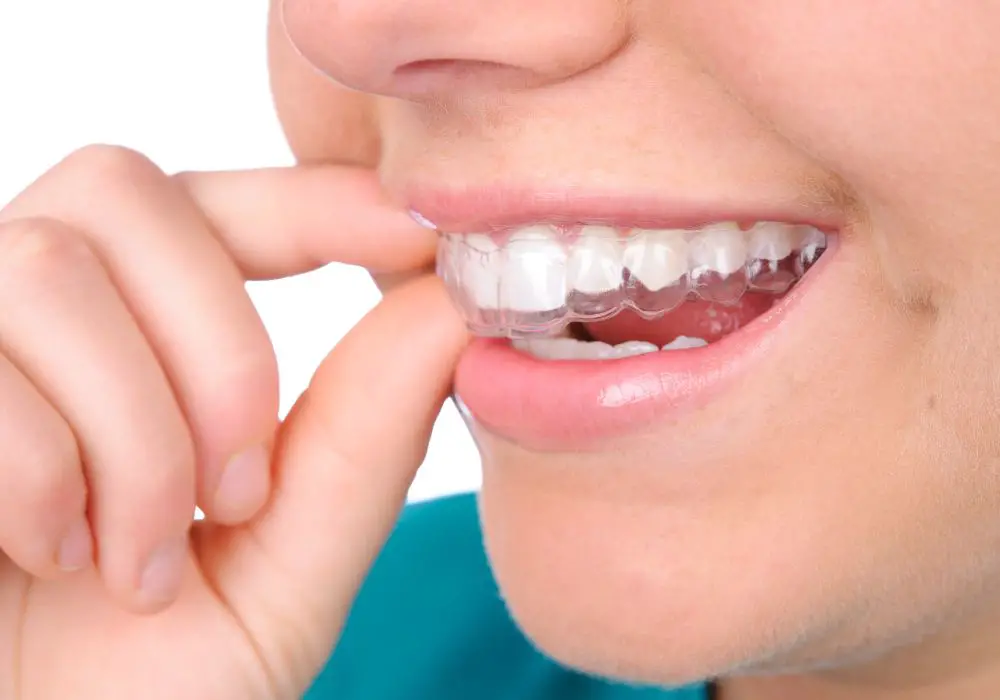
Retainers are dental appliances that are custom-made to fit your teeth. They are designed to help maintain the position of your teeth after orthodontic treatment, such as braces. While retainers can make minor adjustments to the position of your teeth and bite, they cannot straighten teeth without braces.
Retainers work by holding your teeth in place after they have been moved into their new position. They do not apply the steady force needed to make major changes to the position of your teeth. Therefore, retainers are not a substitute for orthodontic treatment with braces or aligners.
It’s important to note that retainers can only maintain the position of your teeth if they are worn as directed by your orthodontist. If you do not wear your retainer as instructed, your teeth may shift back to their original position.
In summary, retainers can help maintain the position of your teeth after orthodontic treatment. However, they cannot straighten teeth without braces or aligners. If you are interested in straightening your teeth, it’s best to consult with an orthodontist to determine the best treatment option for your specific needs.
The Role of Braces
Braces are a common orthodontic treatment used to straighten teeth and correct bite issues. They are dental devices that use pressure and control to gradually shift and straighten your teeth. Braces are typically recommended for people with moderate to severe dental issues that cannot be corrected with other treatments.
Braces Vs Retainers
Braces and retainers are both used to straighten teeth, but they work in different ways. Braces are fixed dental devices that are attached to your teeth and cannot be removed until the treatment is complete. They use brackets and wires to apply pressure to your teeth and gradually shift them into the correct position.
Retainers, on the other hand, are removable dental devices that are custom-made to fit over your teeth. They are typically used after braces to help keep your teeth in their new, correct position. Retainers can also be used to correct minor dental issues, but they are not as effective as braces for more severe issues.
While braces can be uncomfortable and require frequent adjustments, they are often the best option for correcting moderate to severe dental issues. Retainers are a good option for maintaining the results of orthodontic treatment and correcting minor dental issues, but they are not as effective as braces for more severe issues.
In general, your orthodontist will recommend the best treatment option for your specific dental issues. It is important to follow their recommendations and wear your braces or retainers as directed to achieve the best results.
Limitations of Retainers
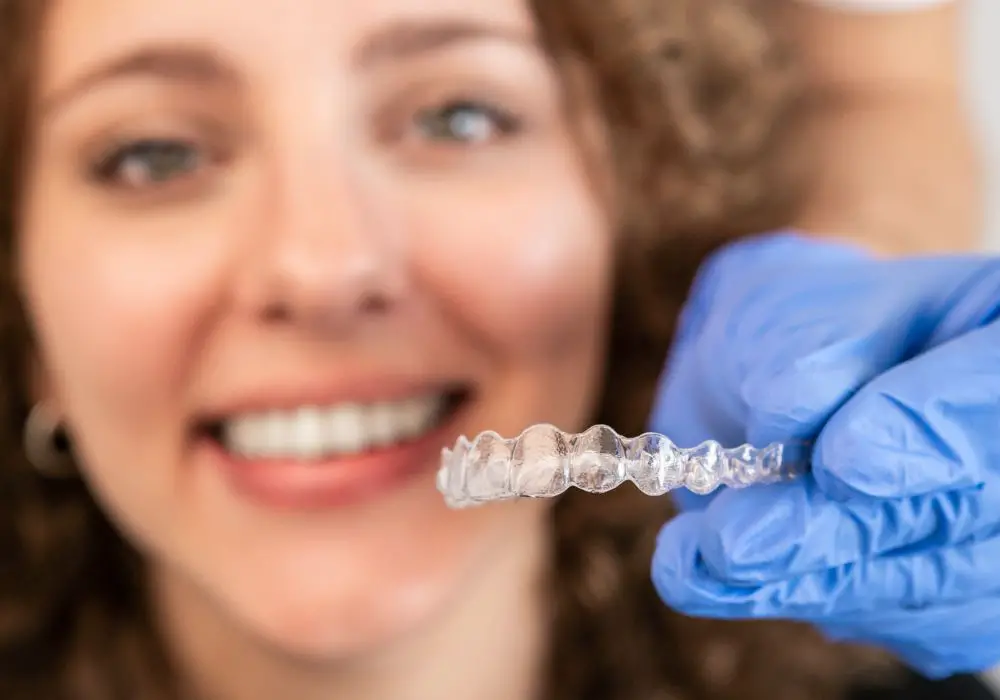
While retainers can help maintain the position of your teeth after braces or other orthodontic treatments, they have some limitations. Here are a few things to keep in mind:
Limited Movement
Retainers are not designed to move teeth as braces do. They are primarily used to maintain the position of teeth after orthodontic treatment. If you have more significant misalignments or spacing issues, retainers may not be able to correct them.
Compliance
Retainers are only effective if you wear them consistently as directed by your orthodontist. If you don’t wear your retainer as instructed, your teeth may shift back to their original position. This is especially important in the first few months after treatment when your teeth are still settling into their new positions.
Lifespan
Retainers typically last for several years, but they will eventually wear out and need to be replaced. The lifespan of your retainer will depend on factors such as how often you wear it and how well you take care of it.
Cost
Retainers can be expensive, especially if you need to replace them frequently. The cost of your retainer will depend on factors such as the type of retainer you need and your location. Be sure to discuss the cost with your orthodontist before beginning treatment.
Overall, retainers can be an effective way to maintain the position of your teeth after orthodontic treatment. However, they have some limitations and require consistent use to be effective. Be sure to discuss your options with your orthodontist to determine if retainers are the best choice for your needs.
When to Use Retainers
Retainers are custom-made dental devices that help keep your teeth in their new, correct position after braces. They are typically made of plastic or acrylic and fit snugly over your teeth. There are several types of retainers available, including hawley retainers, clear retainers, and fixed retainers.
So, when should you use retainers? Retainers are usually recommended by orthodontists after braces or other teeth straightening treatments. They help to maintain the new position of your teeth and prevent them from shifting back to their original position.
Here are some situations where you may need to use retainers:
- After braces: If you have just completed a course of braces, your orthodontist will likely recommend that you wear a retainer to maintain the new position of your teeth.
- After clear aligners: If you have used clear aligners to straighten your teeth, your orthodontist may recommend a retainer to help keep your teeth in their new position.
- After tooth extraction: If you have had a tooth extracted, your orthodontist may recommend a retainer to help prevent your other teeth from shifting.
- To correct minor teeth misalignment: If you have minor teeth misalignment, your orthodontist may recommend a retainer to help correct the problem.
It is important to wear your retainer as directed by your orthodontist. Failure to wear your retainer as directed can result in your teeth shifting back to their original position, undoing all of the hard work that went into straightening them.
In conclusion, retainers can be an effective way to maintain the new position of your teeth after braces or other teeth straightening treatments. Talk to your orthodontist to determine if a retainer is right for you and how often you should wear it.
Proper Care and Maintenance of Retainers
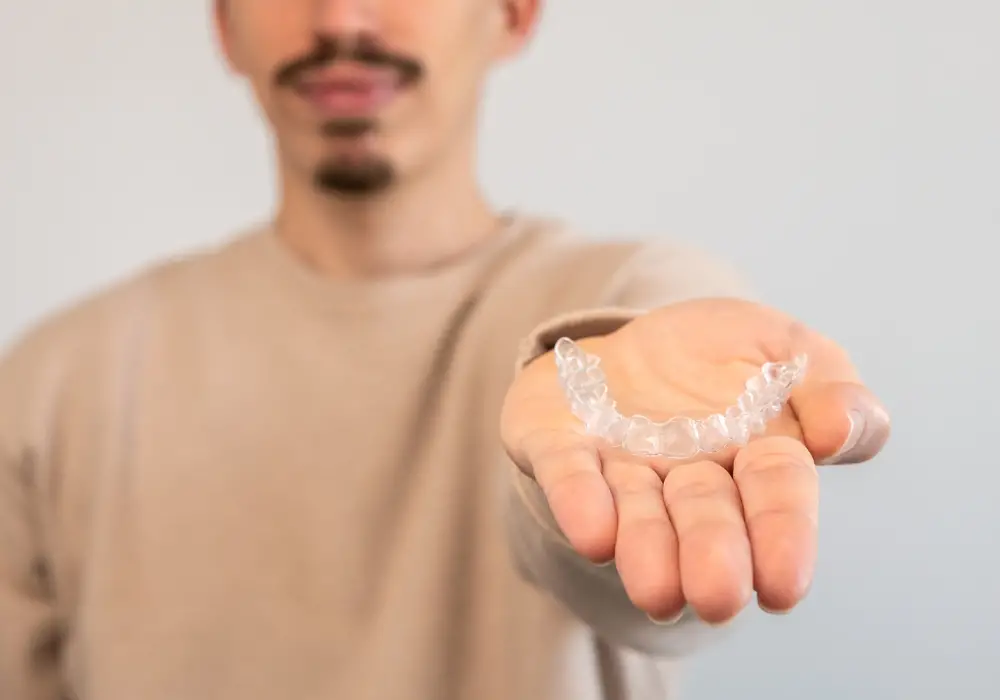
Retainers are an essential part of orthodontic treatment, and they play a crucial role in keeping your teeth straight and aligned. Proper care and maintenance of your retainer can help ensure that it lasts for a long time and continues to do its job effectively. Here are some tips on how to care for your retainer:
Clean Your Retainer Regularly
Cleaning your retainer regularly is essential to prevent the buildup of bacteria and plaque. You can use a soft-bristled toothbrush and mild soap to clean your retainer. Avoid using hot water or harsh chemicals, as they can damage your retainer. Rinse your retainer thoroughly with cool water after cleaning it.
Store Your Retainer Properly
When you’re not wearing your retainer, it’s essential to store it properly to prevent damage and ensure that it stays clean. Place your retainer in its case when you’re not wearing it. Avoid leaving it on a surface where it can get dirty or damaged.
Avoid Eating or Drinking with Your Retainer
Eating or drinking with your retainer can damage it and cause it to lose its shape. Avoid eating or drinking anything except water while wearing your retainer. Also, make sure to remove your retainer before eating or drinking anything.
Wear Your Retainer Regularly
Wearing your retainer regularly is essential to ensure that your teeth remain straight and aligned. Follow your orthodontist’s instructions on how often to wear your retainer. If you don’t wear your retainer regularly, your teeth may shift back to their original position.
Replace Your Retainer When Necessary
Over time, your retainer may become worn out or damaged. If you notice any cracks or damage to your retainer, it’s essential to replace it as soon as possible. Your orthodontist can help you determine when it’s time to replace your retainer.
By following these tips, you can ensure that your retainer lasts for a long time and continues to keep your teeth straight and aligned.
Frequently Asked Questions
Can retainers fix teeth without braces?
Retainers can help to maintain the position of your teeth after they have been straightened with braces. However, retainers alone are generally not effective in fixing crooked teeth. If your teeth are significantly misaligned, braces or clear aligners may be necessary to achieve the desired results.
Is it possible to align teeth without braces?
Yes, there are other options for aligning teeth besides braces. Clear aligners, such as Invisalign, are a popular alternative to traditional braces. These aligners are custom-made to fit your teeth and gradually shift them into the desired position. Clear aligners are virtually invisible and can be removed for eating and brushing.
Can a permanent retainer straighten teeth?
A permanent retainer is a wire that is glued to the back of your teeth to help maintain their position after braces. While a permanent retainer can help keep your teeth straight, it is not effective in straightening crooked teeth. In most cases, braces or clear aligners are necessary to achieve significant changes in tooth alignment.
What is the best way to straighten teeth for adults?
The best way to straighten teeth for adults depends on the severity of the misalignment. Invisalign is a popular option for adults who want to straighten their teeth without the look of traditional braces. However, if your teeth are severely misaligned, traditional braces may be the most effective option.
How to make your teeth straight naturally at home?
While there are no natural remedies that can straighten teeth, there are things you can do to improve the appearance of your teeth. Practicing good oral hygiene, such as brushing and flossing regularly, can help keep your teeth healthy and prevent further misalignment. Additionally, avoiding habits such as nail-biting and chewing on pens can help prevent damage to your teeth.
Will my retainer move my teeth back straight?
If your teeth have shifted out of alignment since you last wore your retainer, it may be possible to move them back into place with the retainer. However, if your teeth have shifted significantly, a new retainer or other orthodontic treatment may be necessary to achieve the desired results. It is important to wear your retainer as directed by your orthodontist to maintain the position of your teeth.

